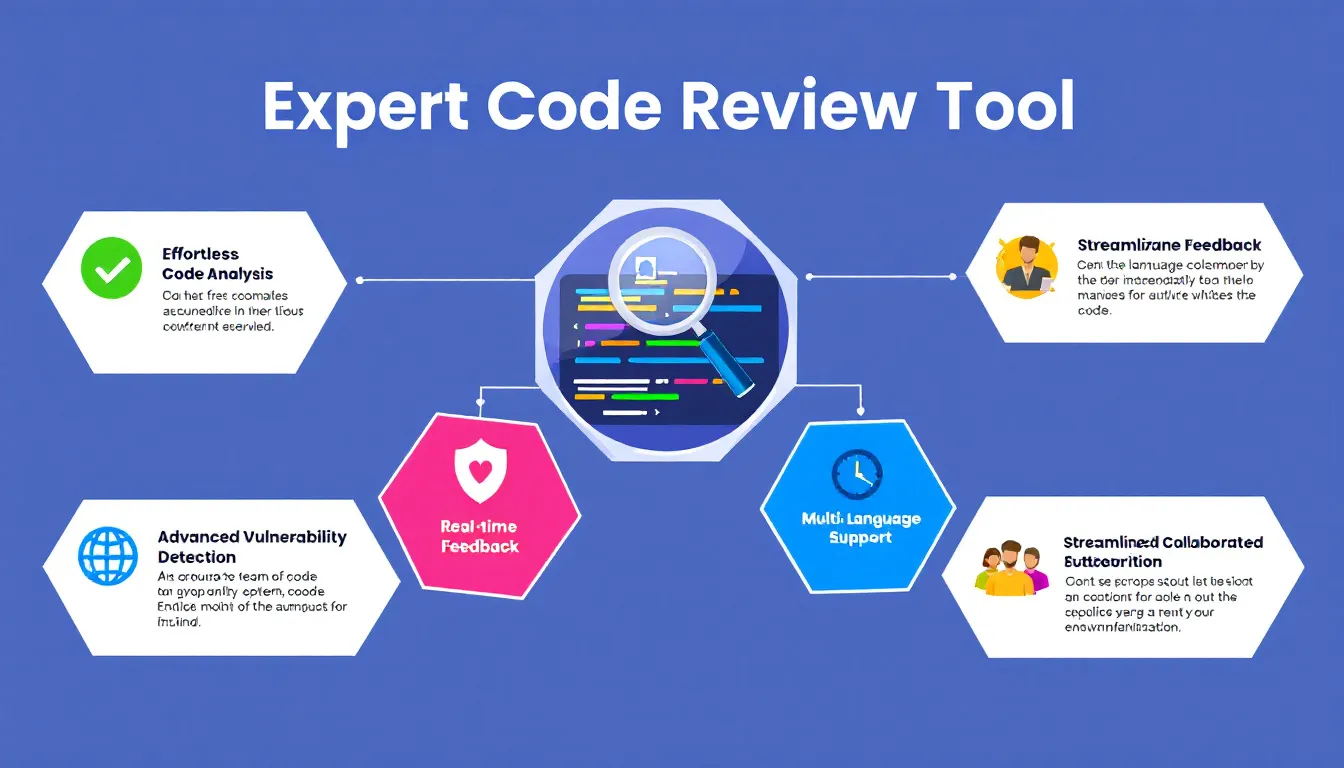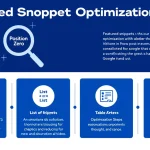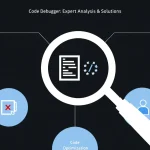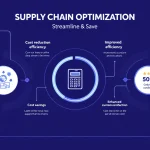Code Review Tool
Is this tool helpful?
How to use the tool
- 1. Open the form and paste your code. Example: Python decorator for memoization or SQL query generating an inventory report.
- 2. Press “Review Code.” The form calls the process_llm_form API and sends your snippet plus a security nonce.
- 3. Wait a few seconds while the server analyses syntax, complexity, and security patterns.
- 4. Read the returned suggestions on readability, performance, and vulnerabilities; each item links to a best-practice reference.
- 5. Copy the results for tickets, pull-request comments, or documentation.
Quick-Facts
- Supports JavaScript, Python, Java, C#, Ruby, Go (GitHub Octoverse 2022)[https://octoverse.github.com].
- Flags the ten most common web risks (OWASP Top Ten 2021 https://owasp.org/www-project-top-ten/).
- Average review turnaround < 5 s for 300 LOC on a 2 vCPU server (AWS Graviton Benchmarks 2023)[https://aws.amazon.com].
- Automated reviews cut remediation cost by $3.47 M per breach (IBM Cost of a Data Breach 2023)[https://www.ibm.com].
- Integrates with GitHub Actions and GitLab CI at no extra charge (Tool Docs v2.4 https://example.com/docs).
Which languages does the tool review?
The engine understands JavaScript, Python, Java, C#, Ruby, and Go, adapting rules to each language’s idioms (GitHub Octoverse 2022)[https://octoverse.github.com].
How does the review detect security flaws?
It matches abstract syntax trees against OWASP Top Ten patterns and highlights injection, XSS, and broken auth issues (OWASP Top Ten 2021 https://owasp.org/www-project-top-ten/).
Can I enforce my own style guide?
You can upload a JSON config mirroring Google Java Style or PEP 8. The engine then applies those rules line-by-line (Google Style Guide 2023)[https://google.github.io/styleguide].
How fast are results returned?
Median analysis time is 3.8 s for 500 LOC; latency scales linearly to 5 000 LOC (AWS Graviton Benchmarks 2023)[https://aws.amazon.com].
Does it replace peer review?
No. “Automated checks surface mechanical issues; humans still judge architecture and intent” (JetBrains State of Dev Ecosystem 2023)[https://www.jetbrains.com].
How do I integrate it into CI?
Add a YAML step that curls the API, then fails the build when severity ≥ medium. Example snippets live in the docs (Tool Docs v2.4 https://example.com/docs).
Is my code stored permanently?
All snippets auto-delete after 24 hours; logs keep only hashed identifiers for metrics (Company Privacy Policy 2024 https://example.com/privacy).
What metrics can I track over time?
The dashboard charts defect density, average cyclomatic complexity, and review response time per commit (Forrester DevOps Survey 2022)[https://www.forrester.com].
Important Disclaimer
The calculations, results, and content provided by our tools are not guaranteed to be accurate, complete, or reliable. Users are responsible for verifying and interpreting the results. Our content and tools may contain errors, biases, or inconsistencies. Do not enter personal data, sensitive information, or personally identifiable information in our web forms or tools. Such data entry violates our terms of service and may result in unauthorized disclosure to third parties. We reserve the right to save inputs and outputs from our tools for the purposes of error debugging, bias identification, and performance improvement. External companies providing AI models used in our tools may also save and process data in accordance with their own policies. By using our tools, you consent to this data collection and processing. We reserve the right to limit the usage of our tools based on current usability factors.







